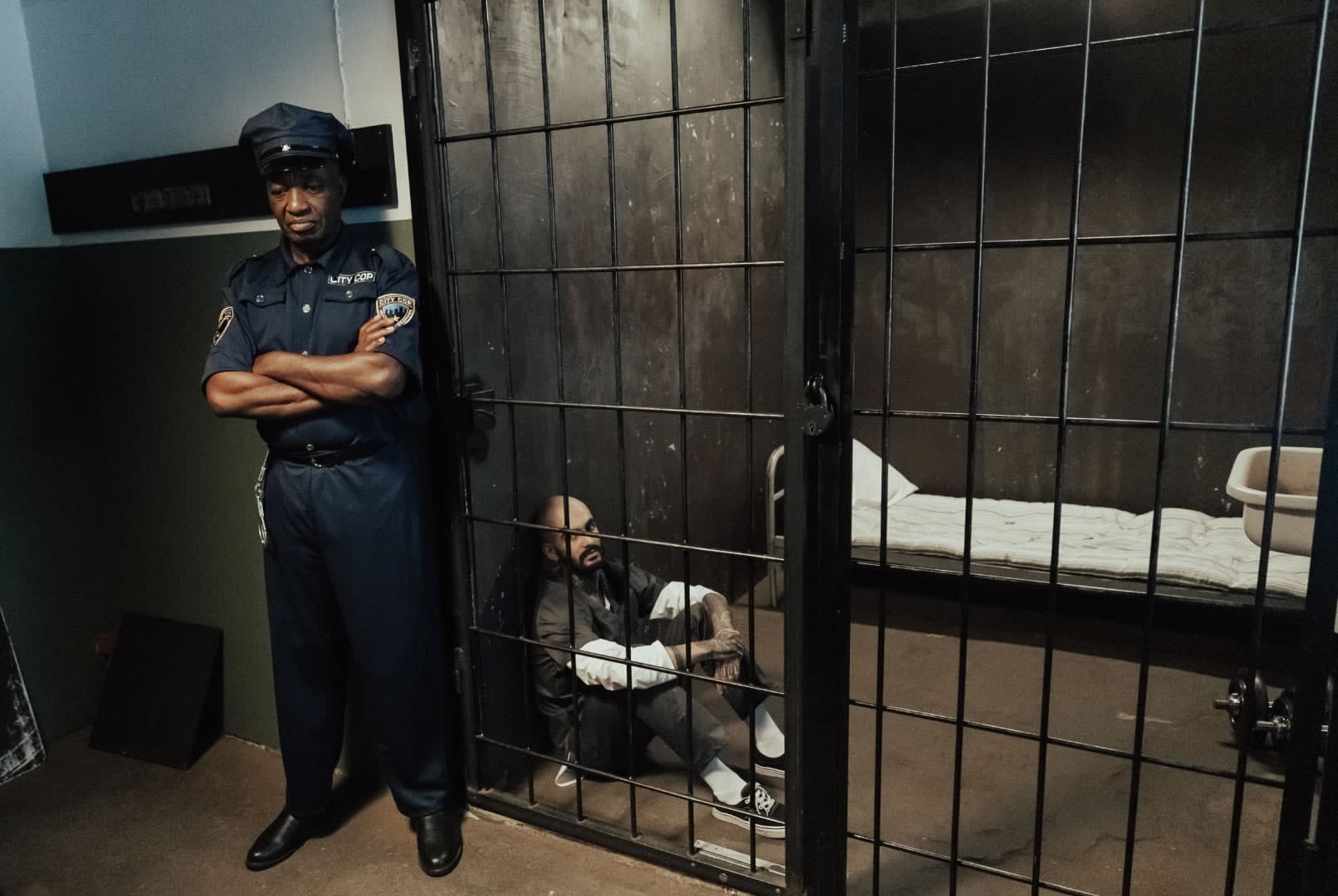Examining the NYPD’s Use of Facial Recognition: Is it Excessive Force?
Facial recognition technology has become a subject of debate regarding its usage and potential implications. In the context of law enforcement, concerns arise regarding the New York Police Department’s (NYPD) utilization of this technology and whether it constitutes excessive force. In this article, we delve into the topic to understand the key arguments and considerations surrounding the NYPD’s use of facial recognition.
Understanding Facial Recognition Technology:
Facial recognition technology employs algorithms to analyze and match facial features from images or video footage to identify individuals. It has gained popularity as a tool for law enforcement agencies in their investigative efforts. However, its effectiveness, potential biases, and impact on civil liberties have sparked substantial discussion.
Balancing Public Safety and Privacy Rights:
Proponents of facial recognition argue that it aids in solving crimes, enhances public safety, and expedites the identification process. It can be a valuable tool for law enforcement in apprehending suspects and preventing potential threats. However, critics express concerns about the potential violation of privacy rights, as facial recognition often operates on a vast scale, scanning databases containing millions of individuals’ faces.
Examining the Excessive Force Argument:
The argument questioning whether the NYPD’s use of facial recognition constitutes excessive force centers on the potential invasion of privacy and the broader impacts on communities. Critics contend that the mass surveillance enabled by facial recognition technology disproportionately targets marginalized communities, exacerbating racial biases within law enforcement practices. They assert that the lack of proper regulations and oversight exposes innocent individuals to unnecessary scrutiny and suspicion.
Regulations and Oversight:
To address concerns regarding the misuse of facial recognition technology, legislation and regulations are being proposed and implemented. Some jurisdictions have implemented bans or moratoriums on its use by law enforcement, while others have introduced stricter guidelines to ensure its responsible and ethical deployment. Public pressure and advocacy play an essential role in shaping these regulations and fostering accountability.
The Importance of Transparent and Ethical Implementation:
For facial recognition technology to be utilized responsibly, transparency and ethical considerations are vital. Law enforcement agencies should be transparent about their usage policies, including data retention and sharing practices. Additionally, steps should be taken to address biases and ensure that the technology does not disproportionately impact marginalized communities.
NYPD’s Use of Facial Recognition
The debate surrounding the NYPD’s use of facial recognition technology raises important questions about privacy rights, potential biases, and the balance between public safety and individual liberties. As technology advances, it is crucial to have informed discussions, engage in public discourse, and advocate for responsible implementation. Striking the right balance between effective law enforcement practices and protecting civil liberties requires ongoing scrutiny, regulation, and transparency.

